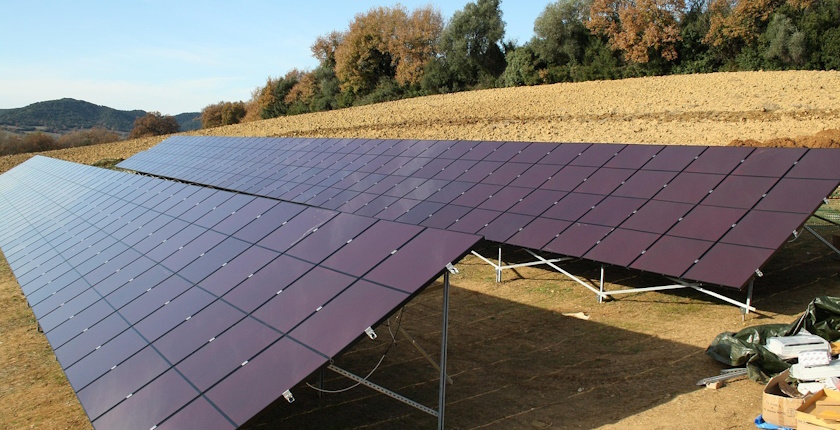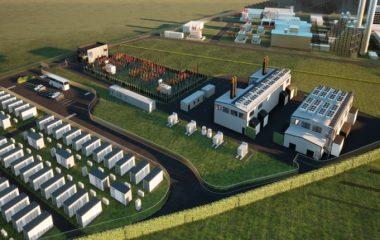
Photo: loretta menchini from Pixabay
Electricity generation in solar and nuclear power plants, combined with higher temperatures, lowered the price of electricity in Europe in March by almost 30% on a monthly basis, according to Eurelectric’s data.
Photovoltaics broke the record in power generation in March for the third consecutive month, Eurelectric said, adding that they accounted for more than 10% of Europe’s electricity mix.
The boost in solar power, combined with improved nuclear generation and milder weather, decreased power prices to EUR 90 per MWh from EUR 126 per MWh, registered in February, and EUR 112 per MWh in January.
The organization attributed high prices in the previous two months to low wind generation, increased power demand and the highest gas prices in two years. Ongoing global geopolitical tensions and outages in Norway exerted upward pressure on the cost of gas while limited storage and flexibility sources forced a heavier reliance on gas to supply electricity.
65 GW of solar was added in 2024
Eurelectric said solar rescued Europe with sunnier days and the rise in capacity, with 65 GW added in 2024 alone. As a result, the share of renewables in the power mix was 15 percentage points higher in March compared to February, though one point lower than in March 2024.
Nuclear energy contributed to the decrease in prices with the rise of its share in power production from 24% in March 2024 to last month’s 26% after a few French nuclear reactors came back online, Eurelectric said.
Nevertheless, the average day-ahead electricity price in the first quarter of 2025 was 51% higher than in the first three months of last year. The surge was primarily driven by higher average gas prices, which grew by 33% in the same period, according to the data.
Ruby: Europe remains too vulnerable to fossil fuel price fluctuations
The organization’s Secretary General Kristian Ruby stressed that Europe remains too vulnerable to fossil fuel price fluctuations, especially during periods of high electricity demand. “To counter this, we must speed up the roll-out of demand side response and storage technologies and further incentivise the use of long-term power purchase agreements,” he noted.
Eurelectric sees solutions in capacity mechanisms and flexibility-supporting schemes. Flexibility is also crucial when it comes to balancing negative prices, which are occurring more frequently. As solar generation rose in March, negative prices made a comeback, particularly in Nordic and Western European countries, the organization of the European electricity industry pointed out.









Be the first one to comment on this article.